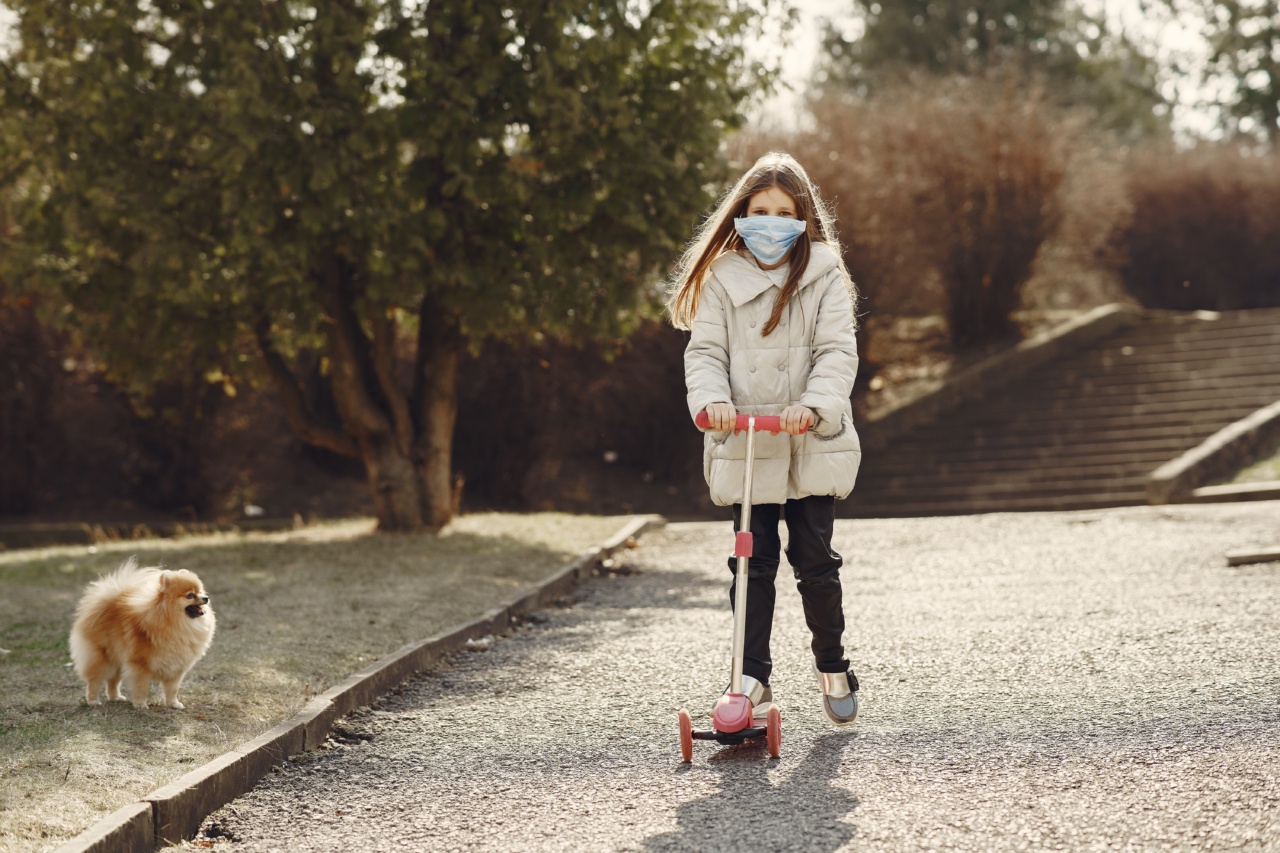For many families, the daily school run can be a hectic and time-consuming affair. With busy schedules and multiple responsibilities, it’s tempting to find ways to streamline this routine.
One such option that some parents consider is allowing their dog to accompany their child on the ride to school. While it may seem like a convenient solution, there are numerous reasons why it is not safe for your dog to ride with your child to school.
Risk of Distractions
One of the primary concerns with having a dog ride along on the school run is the risk of distractions. Young children can easily get excited or become overwhelmed by the presence of a furry companion in the car.
This distraction can lead to inattentive driving, potentially causing accidents and endangering everyone in the vehicle.
Behavioural Issues
Dogs are curious creatures by nature, and being in a car with a child during the school run can trigger behavioral issues.
From barking and whining to restlessness and attempting to climb onto children’s laps, these behaviors can create chaos inside the vehicle. Such antics can further increase the chances of accidents or injuries.
Unsafe Restraints
Ensuring both your child’s and your dog’s safety requires proper restraints. Car seats and booster seats designed for children are not suitable or safe for restraining dogs.
Similarly, seat belts that are intended for humans may not efficiently secure your dog in case of sudden stops or accidents. The lack of proper restraints puts both your child and dog at risk of injury.
Distress and Anxiety
Traveling in a car can be stressful for dogs, especially when they are not used to it or are confined for longer durations.
Dogs may experience distress, anxiety, or even motion sickness, leading to drooling, panting excessively, or vomiting inside the car. These symptoms can further contribute to an unpleasant and unsafe environment during the school run.
Allergies and Asthma
Many children suffer from allergies and asthma, and exposure to pet dander can trigger severe reactions.
Even if your child is not allergic to dogs, having a dog in close proximity during the school run can introduce allergens into the car, potentially causing allergic reactions and asthma attacks. The safety and well-being of your child should always take priority.
Risk of Emergency Situations
Emergencies can occur unexpectedly, and having a dog in the car during the school run can complicate the situation.
Whether it’s a medical emergency involving your child or a mechanical failure with the vehicle, the presence of a dog can hinder your ability to deal with such scenarios swiftly and effectively.
Traffic Issues
During morning and afternoon rush hours, school zones can become congested, with heavy traffic and impatient drivers. Navigating through these jam-packed streets requires full concentration and vigilance.
Having a dog in the car can be a distraction, making it challenging to respond promptly to traffic situations and putting your child and the dog at risk.
Unpredictable Dog Behavior
No matter how well-behaved your dog may be at home, it’s important to recognize that the car environment is different and can trigger unpredictable behavior.
Dogs have instincts and may react unexpectedly to unfamiliar sounds, sights, or situations while in the car. This unpredictability can increase the likelihood of accidents or other unintended consequences.
Hygiene and Cleanliness
Carrying a dog along during the school run can affect the overall hygiene and cleanliness of the vehicle. Dogs can shed fur, leave paw prints, and accidentally soil the seats or floor, creating an unsanitary environment.
Maintaining a clean and healthy space is crucial, especially for young children who are more susceptible to infections and allergies.
Risk of Injuries
In case of sudden stops, collisions, or accidents, the possibility of injuries to both your child and the dog is significantly heightened if the dog is present in the car during the school run.
Every additional object or living being inside the vehicle becomes a potential projectile during such occurrences, increasing the risk of harm or severe injury.
Conclusion
While it may be tempting to combine the school run with taking your dog along, it is important to prioritize safety and well-being.
The risks associated with allowing your dog to ride with your child to school, such as distractions, behavioral issues, unsafe restraints, distress, and allergies, far outweigh the perceived benefits. It is always best to find alternative arrangements for your dog during the school run to ensure the safety of everyone involved.






























